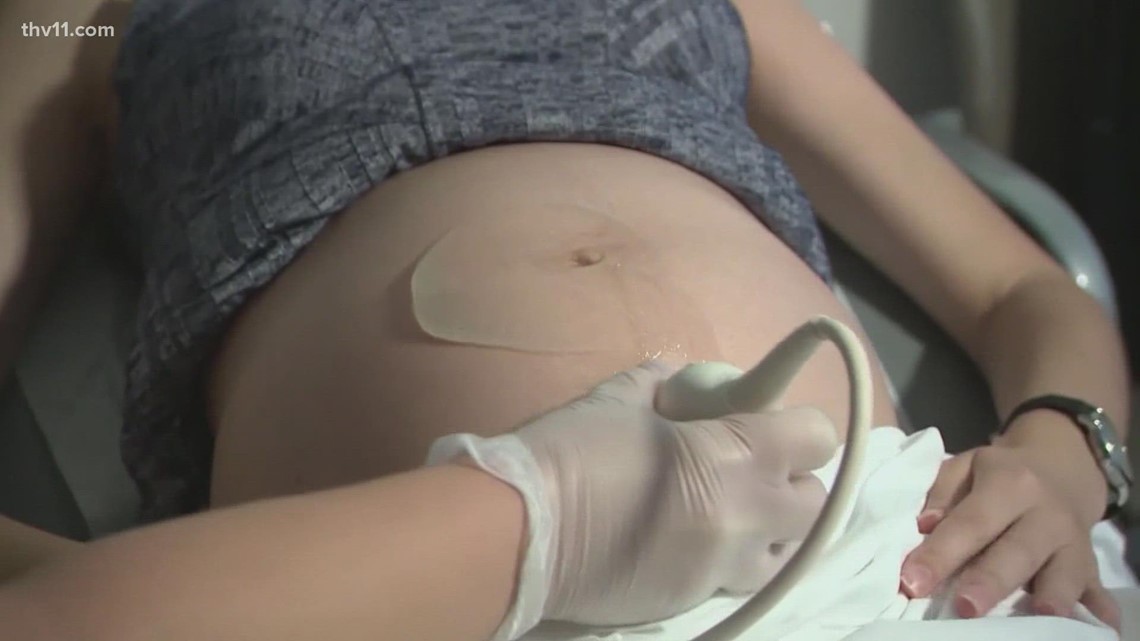Indonesia launches free meals program to feed children and pregnant women to fight malnutrition | Health News

JAKARTA, Indonesia (AP) — Indonesia’s new government started an ambitious project on Monday to fight malnutrition by feeding nearly 90 million children and pregnant women that is expected to cost $28 billion through 2029, although critics question whether the program is affordable.
The Free Nutritious Meal program delivers on a campaign promise by President Prabowo Subianto, who was elected last year to lead the nation, which has more than 282 million people and Southeast Asia’s largest economy. He said the program aims to fight the stunting of growth that afflicts 21.5% of Indonesian children younger than 5 and would raise the income of farmers.
Subianto has pledged to accelerate GDP growth to 8% from 5% now.
In his inauguration speech in October, Subianto said many children are malnourished. His promise to provide free school lunches and milk to 83 million students at more than 400,000 schools is part of a longer-term strategy to develop the nation’s human resources to achieve a “Golden Indonesia” generation by 2045.
“Too many of our brothers and sisters are below the poverty line, too many of our children go to school without breakfast and do not have clothes for school,” Subianto said.
Subianto’s signature program could cost upward of 450 trillion rupiah ($28 billion) by the end of his term in 2029. He said his team has made the calculations to run such a program, and “We are capable.”
The government’s target is to reach an initial 19.5 million schoolchildren and pregnant women in 2025 with a budget of 71 trillion rupiah ($4.3 billion) so as to keep the annual deficit under a legislated ceiling of 3% of GDP, said Dadan Hindayana, the head of the newly formed National Nutrition Agency.
Hindayana said the money would buy an estimated 6.7 million tons of rice, 1.2 million tons of chicken, 500,000 tons of beef, 1 million tons of fish, vegetable and fruit, and 4 million kiloliters of milk.
Nearly 2,000 cooperatives will be involved in the free meals program by providing eggs, vegetables, rice, fish, meat, milk and other food, Cooperative Minister Budi Arie Setiadi said.
On Monday, a truck carrying food arrived at SD Cilangkap 08, a primary school in the Jakarta satellite city of Depok. The 740 students were provided rice, stir-fried vegetables, tempeh, stir-fried chicken and oranges.
“We will send a team to each school to facilitate the meal distribution to students every day,” Hindayana said, adding that the program will provide one meal per day for each student from early childhood education to senior high school, covering a third of the daily caloric needs for children, with the government providing the meals at no cost to recipients.
But the program has drawn criticism from investors and analysts over the scale of its logistics, the burden on state finances and the economy, and its relation to the interests of industrial lobby groups.
Nailul Huda, a researcher at the Center of Economic and Law Studies, said Indonesia’s state finances are not strong enough to support the program and this will lead to additional national debt.
“The burden on our state budget is too heavy if it is forced to reach 100% of the target recipients, and it will be difficult for Prabowo’s government to achieve the economic growth target of 8%,” Huda said.
He warned it could also worsen the external balance of payments for the country, which is already a major importer of rice, wheat, soybeans, beef and dairy products.
Reni Suwarso, the director of Institute for Democracy, Security and Strategic Studies, said the decline in the stunting rate in Indonesia was far from the target of a 14% reduction in 2024.
According to the 2023 Indonesian Health Survey, the national stunting prevalence was 21.5%, down around 0.8% from the previous year. The United Nations Children’s Fund estimated that one in 12 Indonesian children younger than 5 suffers from low weight while one in five is shorter than normal. Both conditions are caused by malnourishment.
“That’s so bad and must be solved,” Suwarso said. “Child malnourishment has severe consequences, threatening the health and long-term development of infants and young children throughout this nation.”
___
This story corrects that the expected cost of the program is $28 billion instead of $28 million and explains that it is through 2029.
___
Associated Press journalists Edna Tarigan and Andi Jatmiko contributed to this report.
link




